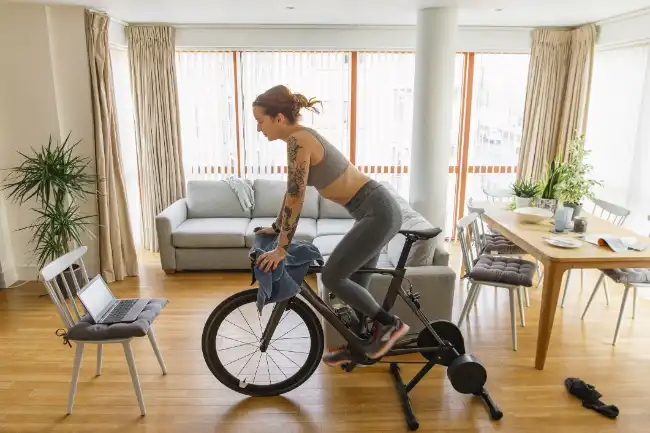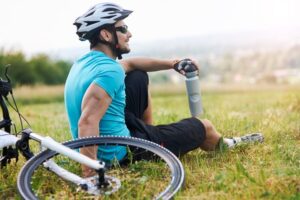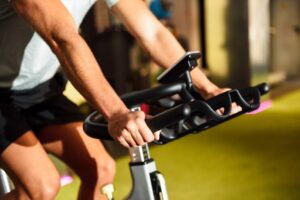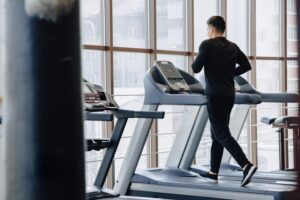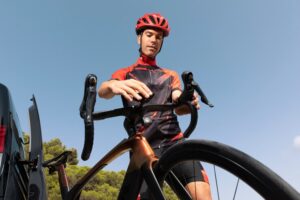If your goals for next year include long group rides, Grand Fondos or even The Tour of Utah, your cycling training must have lots climbing in the routine. That is a problem in the winter months. Here’s an excellent way to become a better climber, using your power meter and indoor trainer.
First, it’s important to develop a solid plan based on volume, intensity, and hill climbing, Second, you must have faith! You will be able to accomplish your goals. In this and a few subsequent blog entries, I’ll share what I’ve learned about training for climbing rides/races from 6 time U.S. National Champion Arnie Baker, MD, as they pertain to training indoors.
With the rain, snow, and freezing weather upon many of us in cold climates, it’s next to impossible to climb the long mountain passes to prepare for such rides/races. All is not lost; the stationary trainer can be a very effective tool for those who know how to use it properly. According to Arnie Baker, “resistance or load does not simulate climbing. Position does.” In order to prepare our bodies for climbing, we need to assume that same position. The key is to prop up the front wheel. I use a Cycleops wheel block and prop it up on a 6” step stool I stole from our kid’s bathroom. That puts me at an incline mirroring a 8-10 percent grade. No, it’s not exactly the same as climbing up a hill outside. However, it does allow me to be in a climbing position and train the right muscles, both in and out of the saddle.
So how do we compare miles on the elevated trainer with miles climbing on the road? Arnie Baker’s rule of thumb is to give ourselves half-credit of the climbing we can accomplish on the road in one hour. That is, if we can climb at a rate of 2,000 feet per hour on the road, we should account for 1,000 feet per hour on an elevated trainer. You’ll need to refer back to a climbing ride file from your iBike power meter and iBike Isaac ride analysis software to find your rate.
Another training essential I learned from Arnie is the principle of volume. Regardless of where we start, he recommended that we eventually build up to ride 150% of the climbing volume of the event, over a one week period. And there should be 3 weeks of riding where we hit that 150% of the climbing volume. For example, if you are riding the Triple Bypass with 10,000 of climbing, you should have 3 weeks of 15,000+ of climbing. To boot, we should have several days where we ride 6,000 feet of climbing in one day. As a twisted reference, the top climbing professionals climb 40,000 – 60,000 in one week! Incredible! That helps me keep perspective.
I’ve found that the more specifically I train for a given race course, the better I do. Sure it sounds obvious but many of us still take things for granted and don’t prepare enough for a given event. Subsequently, we suffer like wounded animals, instead of enjoying ourselves – or riding the event faster, while suffering.
Do you have questions about training, nutrition, or weight loss? I can help. Please e-mail me at iBikeBlog. Thank you!
